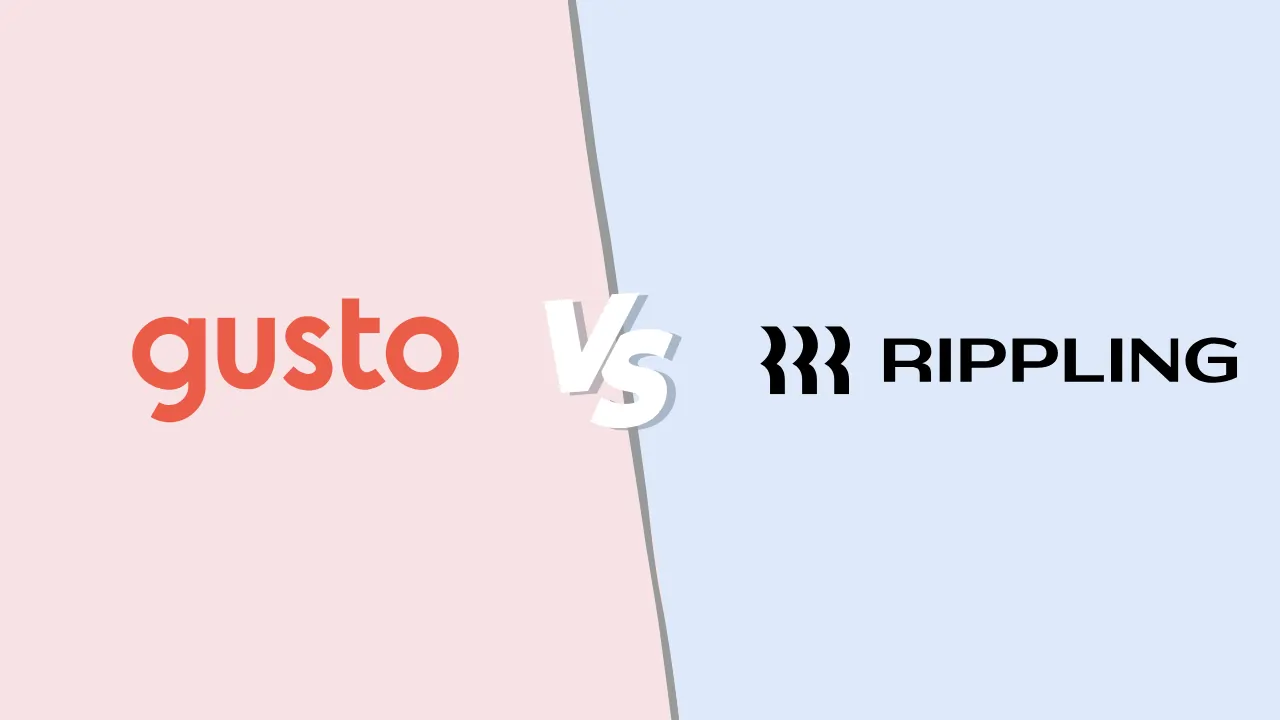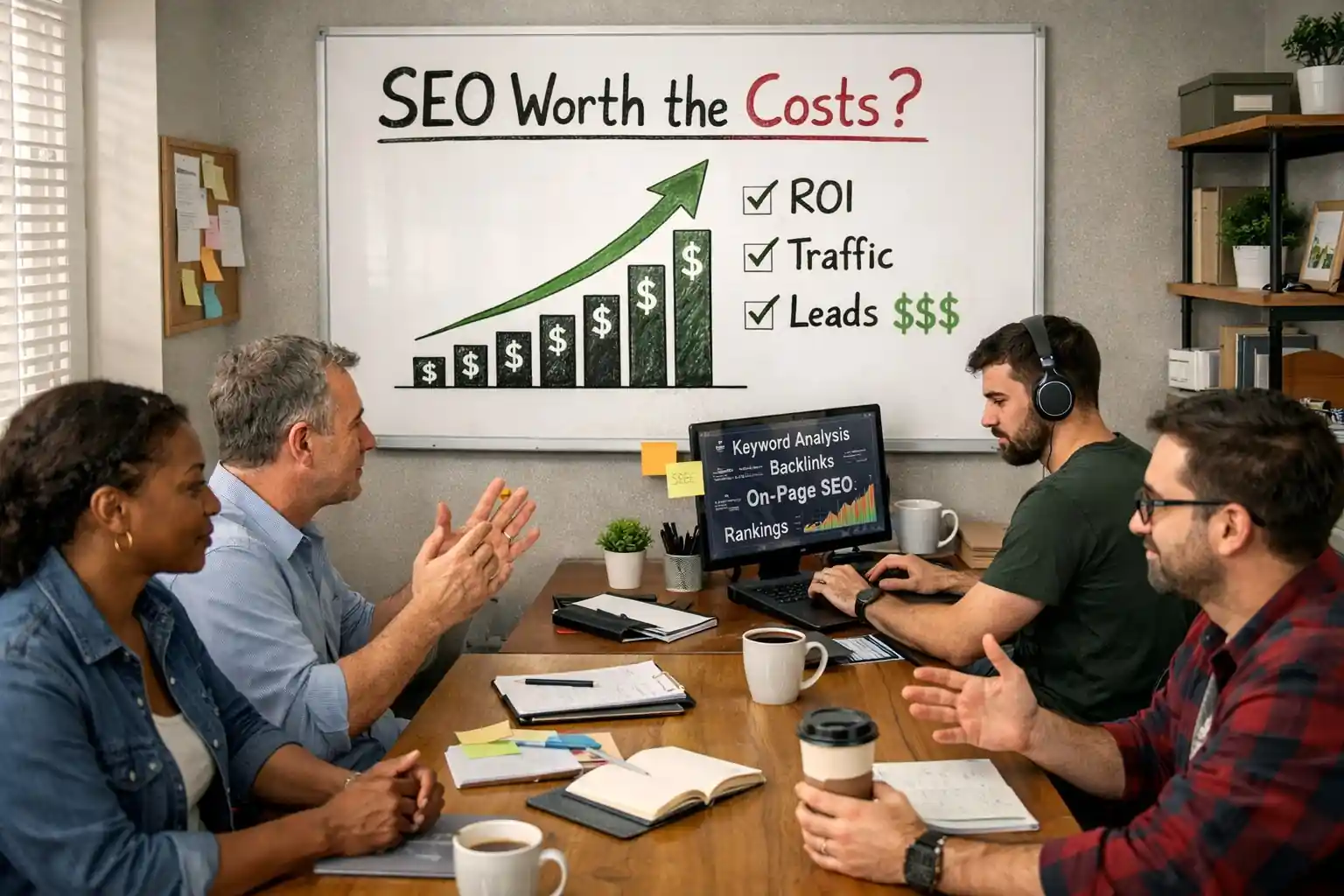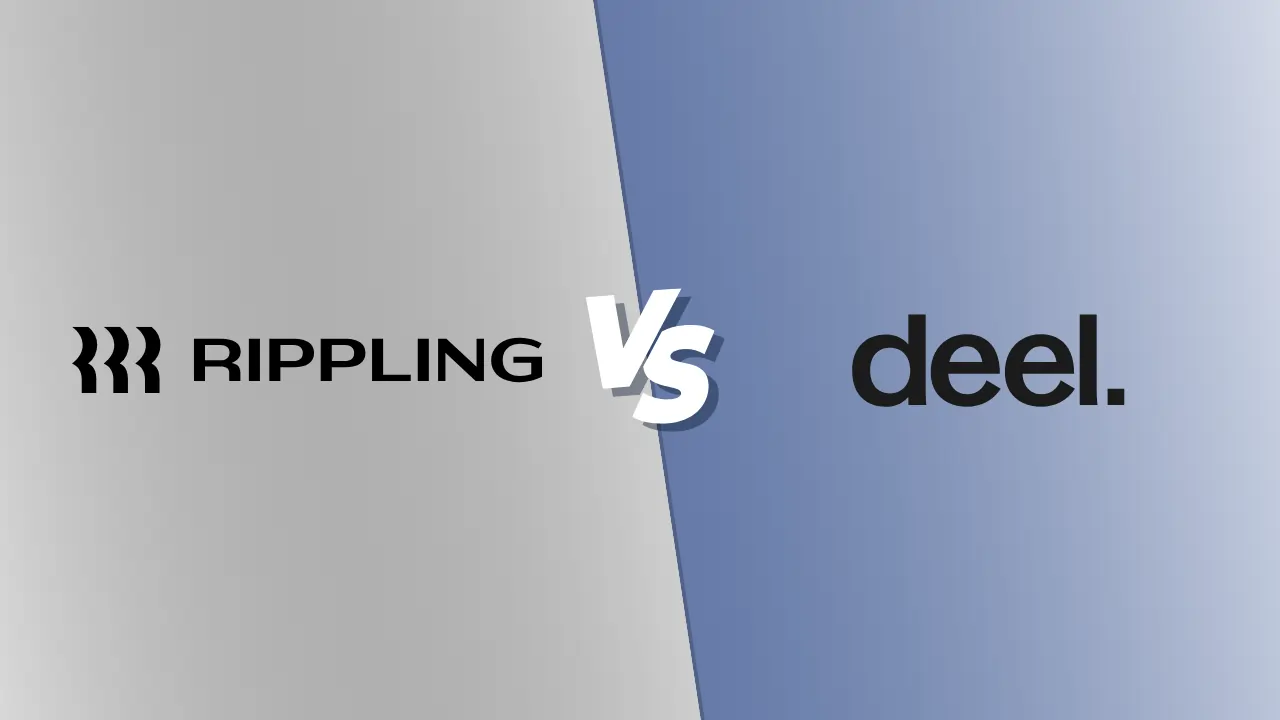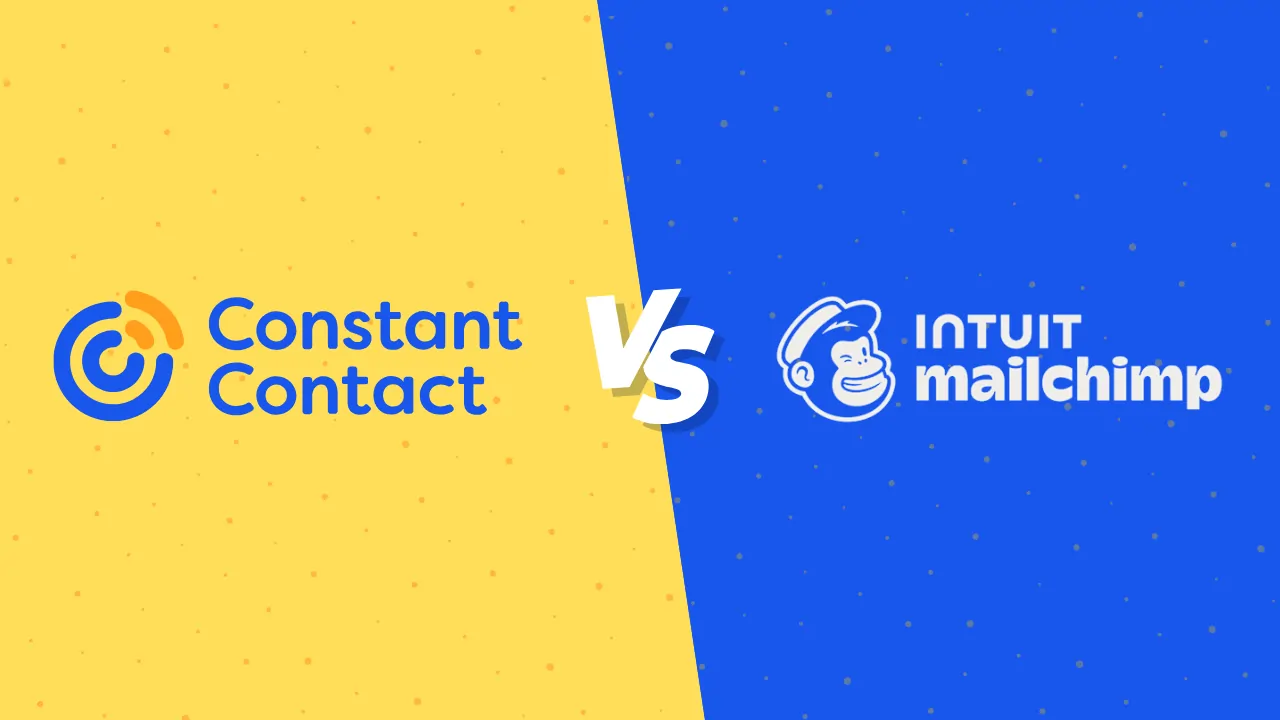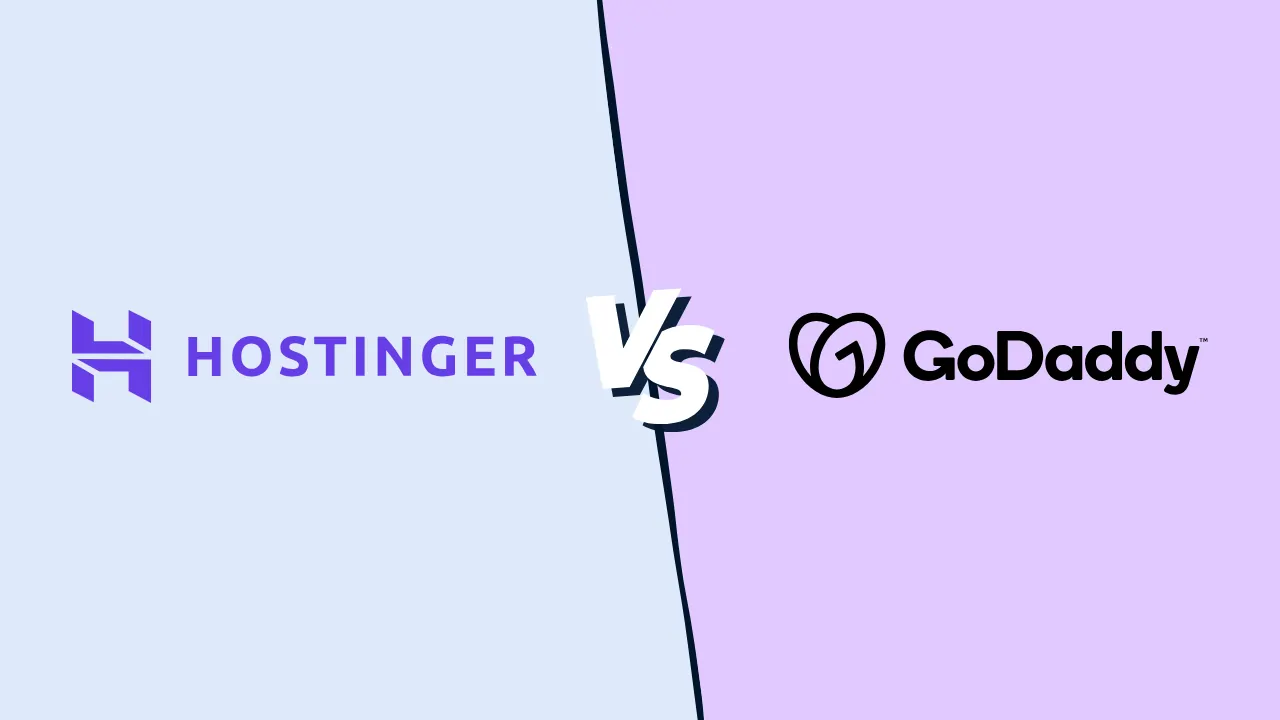How to Choose the Best eCommerce Platform

Selecting the right eCommerce platform is a foundational decision that can determine the success or limitations of your online business. Whether launching your first store or migrating from an existing solution, your chosen platform will shape your customer experience, marketing performance, operational efficiency, and long-term scalability.
In this guide, we’ll discuss the most important factors to consider when evaluating eCommerce platforms and help you identify the best solution for your business goals.
What Is an eCommerce Platform?
An e-commerce platform is the software that powers your online store. It provides the core functionality for creating and managing a storefront, listing products, processing payments, managing inventory, and integrating with marketing and sales tools.
Leading e-commerce platforms—such as Shopify, WooCommerce, BigCommerce, Wix, and Squarespace – offer varying levels of customization, scalability, and support depending on your business model and technical expertise.
Why Use an E-commerce Platform?
An e-commerce platform is crucial for any business looking to succeed online. It’s the core function of transactions, customer data, and inventory management. An eCommerce platform also enables you to showcase your products with an easy payment and checkout process. The global reach allows you to expand your potential market with a minimal investment in selling products.

10 Key Factors to Consider
1. Ease of Use and Setup
The platform’s learning curve can significantly impact your speed to market. If you’re a solo entrepreneur or small team without technical resources, opt for a platform with a user-friendly interface, an intuitive builder, and a guided setup.
✅ Best for beginners: Shopify, Wix
2. Total Cost of Ownership
Beyond monthly subscription fees, assess the full cost of operating your store:
- Hosting and domain
- Theme or design upgrades
- App/plugin costs
- Payment processing fees
- Transaction or commission fees
While platforms like WooCommerce offer free entry points, the cost of hosting and plugins can add up. Shopify and BigCommerce, by contrast, provide bundled solutions at a predictable monthly rate.
3. Customization and Flexibility
A strong brand identity requires design flexibility. Some platforms offer full access to the codebase (e.g., WooCommerce, Magento), allowing granular control. Others offer visual customization tools and responsive templates (e.g., Squarespace, Shopify).
Ask:
- Can I fully align the design with my brand?
- Are mobile-responsive templates available?
- Does the platform support advanced editing (CSS/HTML)?
4. Feature Set and App Ecosystem
Evaluate which features come built-in and which require third-party integrations:
- Abandoned cart recovery
- Product filters and search
- Multilingual support
- Subscriptions or recurring payments
- POS integration
BigCommerce is known for robust native features, while Shopify and WooCommerce rely on extensive app ecosystems for flexibility and scale.
5. Scalability and Performance
Your platform should support your growth trajectory. Look for:
- High server uptime and performance
- Support for high product volumes
- Multi-channel selling (e.g., Amazon, Instagram, Google Shopping)
- International commerce support (multi-currency, shipping zones, tax rules)
Recommended for scaling brands: Shopify Plus, BigCommerce Enterprise
6. Payment Processing and Fees
Ensure the platform supports your preferred payment methods and offers favorable fee structures:
Compatibility with major gateways (Stripe, PayPal, Square)
Support for buy-now-pay-later (BNPL) solutions
Global currency support
Transparent transaction fees
Some platforms also charge additional fees unless you use their in-house processor (e.g., Shopify Payments).
7. SEO and Marketing Capabilities
Effective SEO is crucial for driving organic traffic. Your platform should offer:
- Customizable URLs and meta tags
- Structured data support
- Blogging functionality
- Automated sitemap generation
- Integration with marketing tools and analytics
WooCommerce and BigCommerce offer superior SEO control, while Shopify provides excellent performance with the right app configuration.
8. Mobile Optimization
With over half of all eCommerce traffic coming from mobile, your store must deliver a seamless mobile experience:
- Mobile-responsive templates
- Touch-friendly navigation
- Optimized mobile checkout
- Fast page load times
Mobile UX is a must-have, not a bonus.
9. Security and Compliance
Ensure the platform adheres to eCommerce security standards, including:
- SSL encryption
- PCI-DSS compliance
- Secure checkout pages
- Fraud protection tools
Cloud-hosted platforms like Shopify and BigCommerce handle most security protocols. Self-hosted platforms (like WooCommerce) require ongoing maintenance and monitoring.
10. Customer Support and Resources
Access to timely support can make or break your operations. Look for:
- 24/7 live support (chat, phone, email)
- Onboarding tools and documentation
- Active community or expert directory
Platform Comparison Overview
| Platform | Best For | Cost Model | SEO Tools | Customization | Ease of Use |
| Shopify | SMBs & DTC brands | Subscription | ★★★★☆ | ★★★★☆ | ★★★★★ |
| WooCommerce | Content-driven, tech-savvy brands | Free + hosting/plugins | ★★★★★ | ★★★★★ | ★★☆☆☆ |
| BigCommerce | Fast-growing or large businesses | Subscription | ★★★★★ | ★★★★☆ | ★★★★☆ |
| Wix | Budget-conscious or first-time sellers | Freemium | ★★★★★ | ★★★★☆ | ★★★★★ |
| Squarespace | Creatives, portfolios | Subscription | ★★★★☆ | ★★★★☆ | ★★☆☆☆ |
Matching Platform to Business Type
| Business Model | Best-Fit Platform(s) |
| New entrepreneurs | Wix, Shopify Starter |
| Product-focused SMBs | Shopify, BigCommerce |
| Content + commerce integration | WooCommerce |
| Creative portfolios or services | Squarespace, Wix |
| Global or high-volume stores | BigCommerce, Shopify Plus |
| Fully customized experiences | WooCommerce |
Types of E-commerce Platforms with Examples
| Platform Type | Hosting Model | Customization | Best For | Technical Skills Needed | Example Platforms |
| Hosted (SaaS) | Cloud-based | Moderate | SMBs, solo founders, fast launch | Low | Shopify, BigCommerce, Wix, Squarespace |
| Self-Hosted (Open Source) | User-managed | High | Tech-savvy teams, advanced features | High | WooCommerce, PrestaShop, OpenCart |
| Headless Commerce | Hybrid/API | Very High | Enterprises, custom UX, omnichannel | Very High | Shopify Plus (Hydrogen), BigCommerce Enterprise, Commercetools |
| Marketplace-Based | Third-party | Very Low | Selling through existing audiences | Very Low |
Amazon, Etsy, eBay, Walmart Marketplace |
The cost of an eCommerce platform
The price of an eCommerce platform varies, with the price depending on what you’re looking for. An eCommerce platform usually starts around $50 for a basic setup and can go up to even tens of thousands for larger enterprises.
Small businesses can opt for website builders such as Wix or Shopify. These platforms are generally around $30/month, including hosting and security. Larger businesses can spend anywhere between $10,000-$30,0000. With more needs, they’ll need more customizable website builders on a platform such as Adobe Commerce. This also doesn’t include hosting which can go for anywhere between $400-$3,000 a month.
Domain names aren’t usually expensive, but a more premium domain will be. The cost of payment gateways and branding also varies, ranging from a few hundred dollars with simpler tools to over $30,000. Your costs will entail platform fees, hosting, domains, payment processing, and marketing.

Conclusion
Selecting the right eCommerce platform is a foundational decision that impacts every aspect of your business, from customer experience to operational efficiency and long-term scalability. It’s not just about launching a store; it’s about choosing a platform that can evolve with your business objectives.
To make an informed decision, clearly define your current requirements, anticipate future growth, and evaluate each platform’s capabilities, cost structure, and support ecosystem.
Ultimately, the best eCommerce platform aligns seamlessly with your strategic goals, empowering you to build, grow, and compete confidently.
FAQ
What is the best eCommerce platform for beginners?
Wix and Shopify are both great for beginners. Wix offers a simple drag-and-drop builder, while Shopify provides a more structured experience with powerful eCommerce tools.
Is Shopify better than WooCommerce?
It depends. Shopify is easier to use and offers an all-in-one package. WooCommerce is more flexible but requires WordPress knowledge and hands-on setup.
Can I switch eCommerce platforms later?
Yes, but it can be complex. You’ll need to migrate products, customer data, SEO settings, and possibly redesign your store. Choosing the right platform from the start can save time and cost.
Which platform is best for SEO?
WooCommerce and BigCommerce are excellent for SEO due to full control over URLs, meta tags, and structured data. Shopify also does well, especially with apps like Yoast or Plug in SEO.
What’s the most affordable eCommerce platform?
Wix and WooCommerce (with a low-cost hosting plan) are two of the most budget-friendly options. Shopify offers value at a slightly higher price, especially when you factor in included features.
